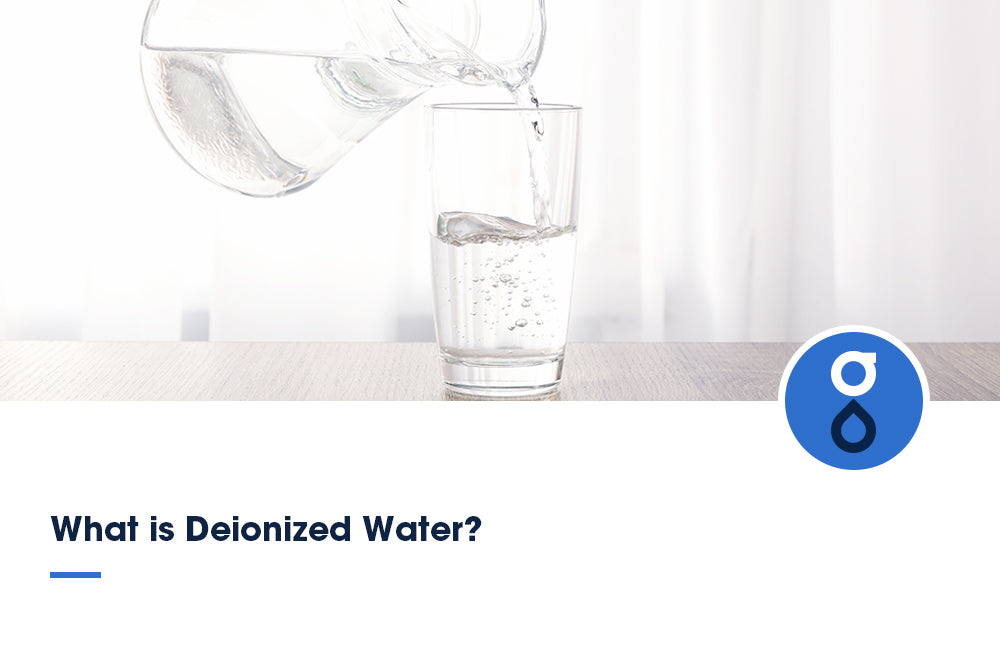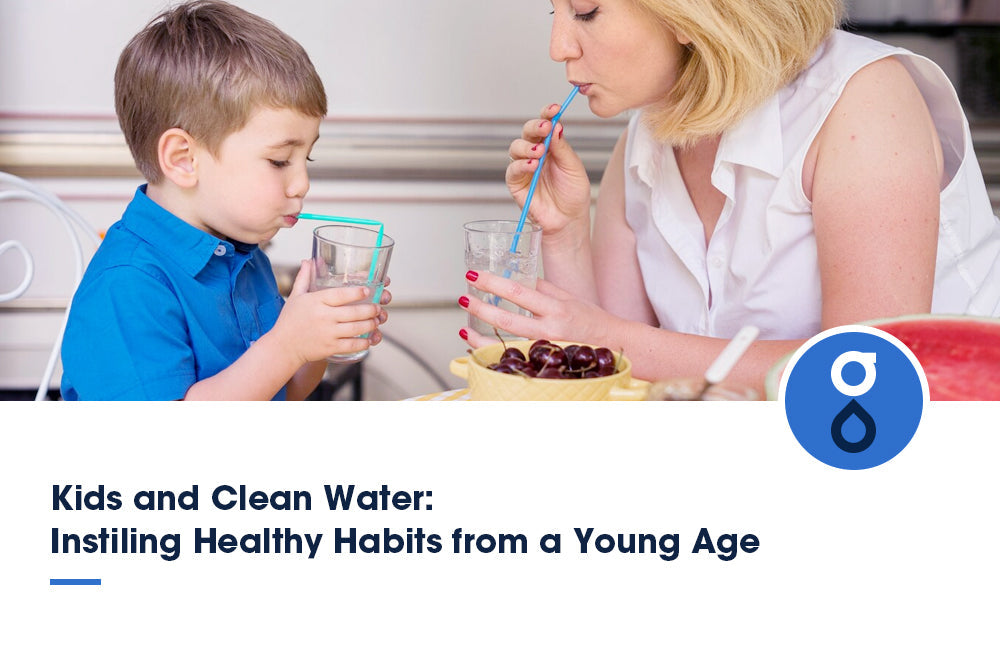Table of Contents:
Dangers of typhoon on drinking water quality
Health risks with contaminated water caused by typhoon
Preparations you can make before typhoon arrival
Steps to ensure access to safe drinking water during the typhoon season
Types of water filters you may urgently need after the typhoon
FAQs
Conclusion
Are you ready for the typhoon season? Protect yourself from contaminated water and health risks. Learn how to make preparations before the storm hits. Ensure access to safe drinking water with these simple steps. And remember the importance of water filters during and after the typhoon. Stay safe and hydrated!
Dangers of typhoon on drinking water quality

To ensure safe drinking water during the typhoon season, you should be aware of the dangers typhoons pose to water quality. Typhoons can cause drinking water contamination, leading to the spread of waterborne diseases. Heavy rainfall can overwhelm the water supply system, disrupting water supply. During typhoons, water treatment methods may be compromised, making it unsafe to consume tap water. This is why it's essential to have emergency water storage in place.
When a typhoon hits, it can bring about various contaminants that seep into water sources. These contaminants can include debris, chemicals, and pollutants, contaminating drinking water and making it unsafe to consume. When contaminated water is consumed, it can lead to waterborne diseases such as cholera, dysentery, and typhoid fever.
Furthermore, typhoons can cause disruptions in the water supply. Heavy rainfall can lead to flooding, which can damage water infrastructure and result in water supply interruptions. Without a reliable source of clean water, it becomes essential to have emergency water storage prepared. This can include storing water in glass water filter pitcher or using water filters and purifiers to ensure the safety of the water you consume.
Health risks with contaminated water caused by typhoon
During a typhoon, contaminated water can pose serious health risks. Knowing the potential dangers of waterborne diseases and taking necessary precautions to ensure water safety is important. Here are four key points to consider regarding the health risks of contaminated water caused by a typhoon:
- 1. Water contamination: Typhoons can lead to water contamination due to flooding and sewage overflow. This can introduce harmful substances, chemicals, and pathogens into the water sources, increasing the risk of waterborne diseases.
- 2. Waterborne diseases: Contaminated water can harbor various waterborne pathogens, including bacteria, viruses, and parasites. These can cause illnesses such as cholera, typhoid fever, hepatitis A, and diarrhea, which can be severe and even life-threatening.
- 3. Waterborne outbreaks: After a typhoon, there's an increased risk of waterborne outbreaks in affected areas. Lack of access to clean drinking water and poor sanitation conditions can contribute to the spread of diseases, especially among vulnerable populations such as children and the elderly.
- 4. Ensuring water safety: To minimize health risks, it's crucial to prioritize water safety during and after a typhoon. This can be achieved by using water filtration methods, boiling water before consumption, and practicing proper hygiene, such as washing hands with clean water and soap.
Preparations you can make before typhoon arrival

Make sure you prepare your water filtration system before the typhoon hits. Taking the necessary precautions can help ensure you have access to clean and safe drinking water during and after the storm. Here are some preparation tips to consider:
- Check your water filtration system and ensure it is in good working condition.
- Stock up on emergency supplies such as bottled water, water purification tablets, and water storage containers.
- Create an evacuation plan that includes provisions for clean water.
- Secure your property by clearing gutters and drains to prevent water contamination.
In addition to preparing your water filtration system, it is crucial to have a communication plan in place. This plan should include emergency contact numbers, a designated meeting point for family members, and an alternative means of communication in case of power outages. Stay informed about weather updates and follow the instructions of local authorities.
Steps to ensure access to safe drinking water during the typhoon season
Ensure access to safe drinking water during the typhoon season by filtering and purifying water. It's crucial to have clean water available to prevent waterborne diseases and ensure your family's well-being. Here are four essential steps to follow:
-
Water storage: Start by storing adequate water before the typhoon hits. Fill clean containers, such as jugs or bottles, with water and keep them in a cool, dry place. Aim to have at least one gallon of water per person daily for drinking and sanitation needs.

- Emergency supplies: Prepare your emergency kit with water purification tools. Include water filters, disinfection tablets, or a portable water purifier. These tools will help you treat water from potentially contaminated sources during and after the typhoon.
-
Purification methods: Familiarize yourself with different water purification methods. Boiling water is an effective way to kill bacteria and parasites. Alternatively, you can use water filters or chemical disinfectants. Follow the instructions provided with the purification method you choose.

- Water safety: Regularly check the safety of your water supply. If you suspect contamination, avoid using it for drinking or cooking. Use your water purification tools to treat the water before consuming it. Remember to prioritize water safety to protect your health and your loved ones during the typhoon season.
By implementing these steps, you can ensure access to safe drinking water and minimize the risks of waterborne diseases during the typhoon season. Stay prepared and stay safe!
Types of water filters you may urgently need after the typhoon
Gravity water filters
You may need a gravity water filter to access clean drinking water after a typhoon quickly. After a typhoon, water sources can become contaminated, making drinking unsafe without proper filtration. Gravity-fed Water Filter System is a convenient and effective solution to this problem. Its simple yet efficient design allows you to purify water by using gravity to force it through a filtration system. You can easily set it up by filling the upper chamber with untreated water and letting gravity work as clean water trickles into the lower chamber. This process removes impurities, such as bacteria, viruses, and sediment, ensuring you can access safe drinking water when clean water is scarce.
Portable water filters
One essential type of water filter to consider after a typhoon is a portable water filter. When a typhoon strikes, it often causes damage to water infrastructure, making tap water unsafe to drink. In such situations, a portable water filter can be a lifesaver.
These filters are compact and easy to carry, allowing you to purify water on the go. They use various filtration techniques, such as activated carbon and ceramic filters, to remove contaminants and bacteria from water sources like rivers, lakes, and streams. Portable water filters are designed to provide clean drinking water quickly and efficiently, ensuring you stay hydrated and healthy during post-typhoon recovery.
Reverse osmosis water filters
Reverse osmosis water filters are highly effective in removing contaminants from water, making it safe to drink. These filters force water through a semipermeable membrane, trapping impurities like bacteria, viruses, and chemicals. In the aftermath of a typhoon, water sources may be contaminated with debris, sewage, and other pollutants. This is where reverse osmosis water filters come in handy. They can remove many contaminants, ensuring your water is clean and safe.
UV water filters
UV water filters use ultraviolet light to kill bacteria, viruses, and other microorganisms in the water. This method is highly effective in disinfecting water and ensuring its safety for consumption. UV water filters work by exposing the water to UV light, which damages the DNA of microorganisms, preventing them from reproducing and causing illness. These filters are handy in areas where water sources may be contaminated with harmful pathogens.
UV water filters are easy to install and require minimal maintenance. However, it's important to note that they don't remove physical impurities or chemicals from the water, so it's best to use them with other filters for comprehensive water purification.
FAQs
How long does it take for water sources to become contaminated during a typhoon?
During a typhoon, water sources can become contaminated in hours. To ensure safe drinking water, take water storage precautions and consider emergency water purification methods to maintain water quality.
Are there any natural sources of water that are safe to consume during a typhoon?
During a typhoon, it's essential to have safe alternatives for drinking water. Natural purification methods like boiling or using a water filter can make water from natural sources, like rainwater or springs, safe to consume. Make sure to include these in your emergency supplies.
How can I ensure that my stored water remains safe during a typhoon?
To ensure your stored water remains safe for drinking during a typhoon, follow these steps: (1) Properly store water in clean containers. (2) Use water preservation techniques like adding chlorine. (3) Regularly inspect for water contamination. (4) Prioritize drinking water safety.
Conclusion
In conclusion, preparing for water filtration during the typhoon season is crucial to ensure access to safe drinking water. The dangers of typhoons on drinking water quality and the health risks associated with contaminated water can't be ignored. By making necessary preparations before the typhoon arrives and having suitable water filters, you can safeguard yourself and your loved ones against potential waterborne diseases and ensure a continuous supply of clean drinking water.

















